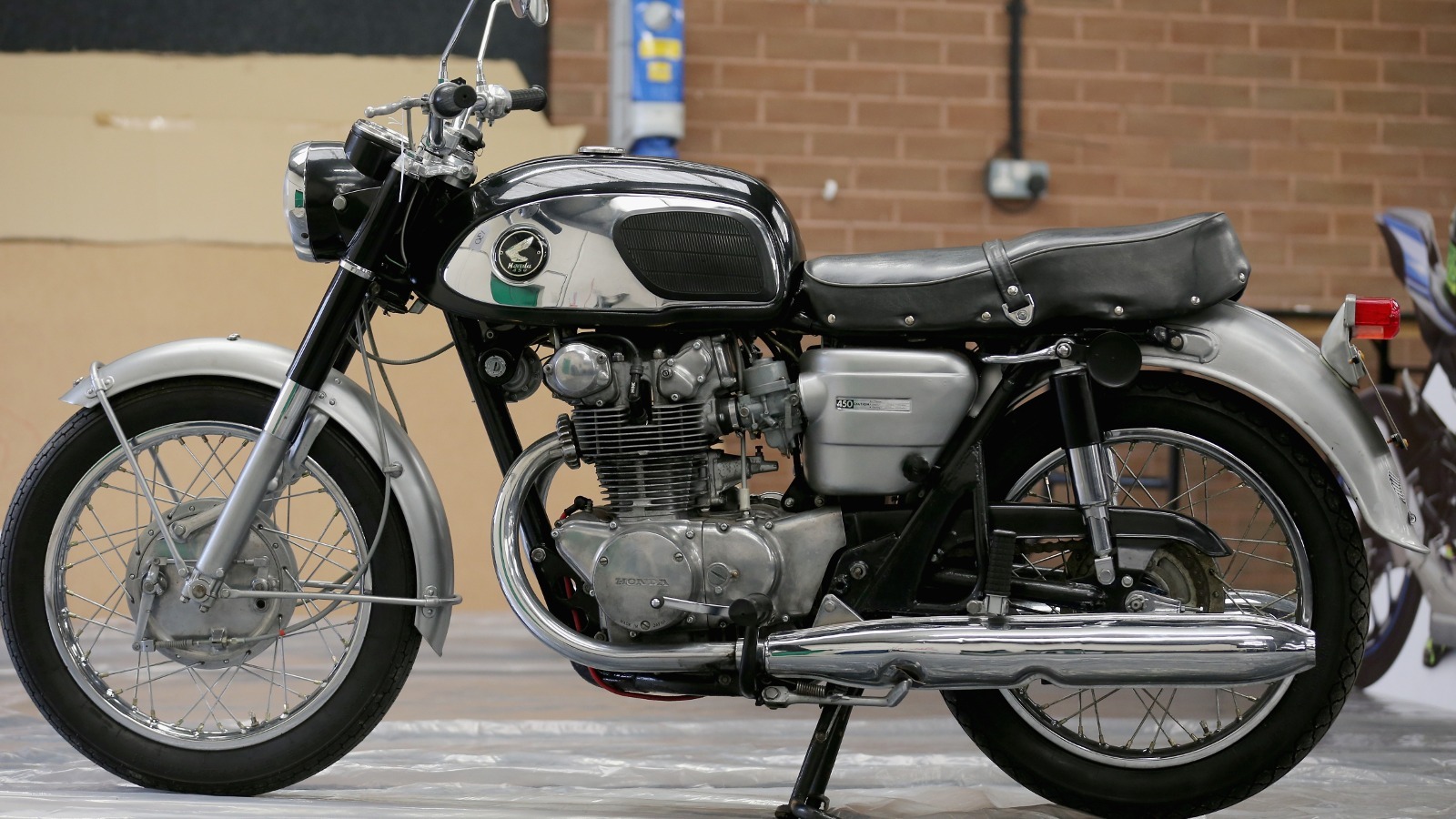
The Honda CB450 was a motorcycle that the industry establishment had not anticipated: a shot across the bow of the entrenched cycle-makers from what seemed the most unlikely of origins, Japan. Much like Japanese automotive imports did to the Big-Three automakers during the 1970s oil crisis, the Honda CB450 disrupted the big-twin motorcycle scene with its reliability and excellent quality — two aspects that its competitors were not widely known for.
It was available in every color the customer could want, as long as what they wanted was black. Like many good marketing campaigns, Honda U.K. turned its lack of color options — potentially a perceived negative — into an asset by referring to it in an ad appearing in Motor Cycle as the “Black Bomber.” The nickname stuck, and is still the widely used colloquial nickname for the CB450 to this day.
As is true of nearly any product, especially the first of a new generation, all was not perfect with the Honda CB450. It was heavier than its contemporaries, coming in at a portly 412 pounds — sans fuel and rider — while the Triumph 650 only pressed the earth at a comparatively spritely 365 pounds. Reviews at the time also dinged the CB450’s transmission for its lack of five speeds and oddly spaced gear ratios. While not necessarily one of the coolest Hondas ever made, the Black Bomber went on to be a sales success, and the progenitor of more Japanese big twins from the likes of Yamaha, Kawasaki, and Suzuki.

